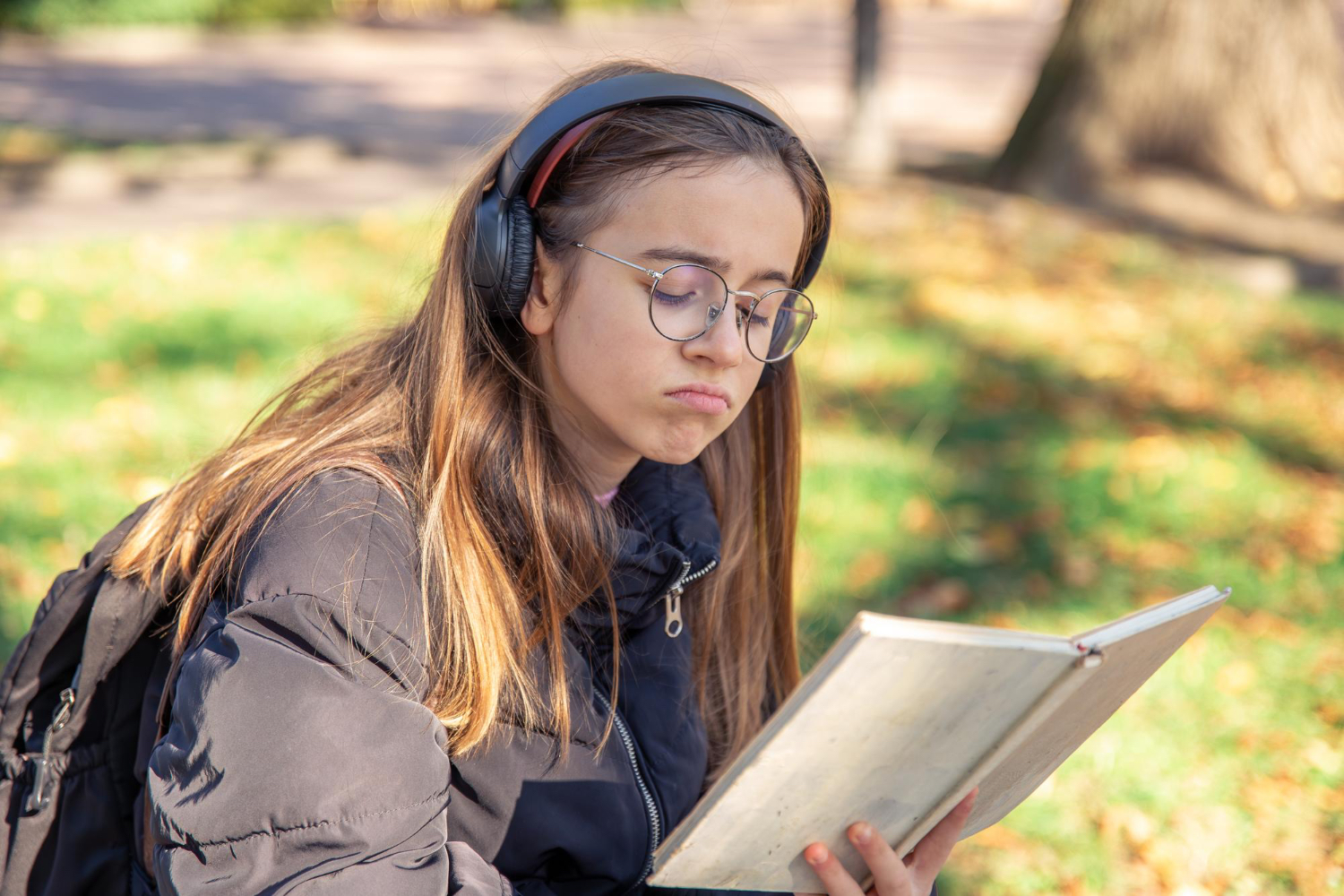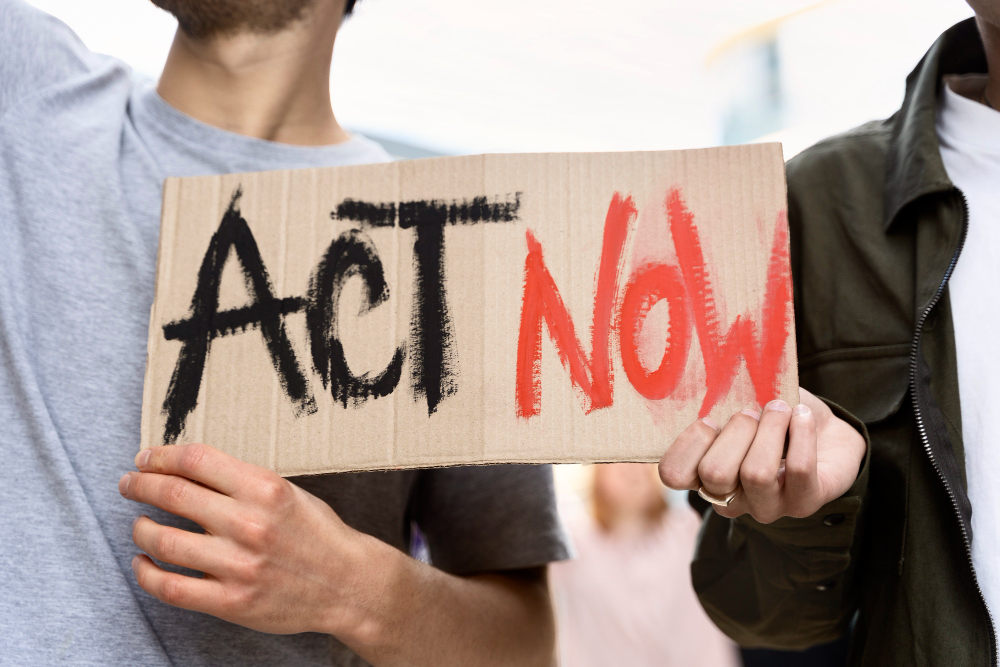Imagine you’re at work, focused on your tasks, when your boss announces that no one can leave until two distracted coworkers finish their work. You’d be outraged, right? Yet, this exact approach—punishing an entire group for the actions of a few—is sometimes still used in elementary classrooms.
In a recent article, Blair questions the pedagogical value of collective punishment, arguing that it teaches all the wrong lessons to students. The practice not only fails to promote accountability but can also:
- Encourage resentment—Well-behaved students feel unfairly treated, eroding their trust in the school system.
- Undermine personal responsibility—After years of teaching kids to resist peer pressure, schools then expect them to pressure classmates into compliance.
- Demotivate students—If punishment is inevitable regardless of behaviour, why bother following the rules?
- Reinforce attention-seeking misbehaviour—Some students thrive on reactions, and collective punishment provides them an easy way to manipulate the system.
While some argue that teachers resort to collective punishment out of necessity, easier isn’t always better. Corporal punishment was once considered a valid disciplinary method, but we now recognise its harm. Collective punishment, which punishes innocent students alongside those who with behavioural or self regulation challenges, is an outdated, counterproductive practice that belongs in the past.
Key takeaway: No workplace would tolerate collective punishment, so why do we accept it in schools? Fair, evidence-based alternatives must replace this harmful practice.
Learn more here.




